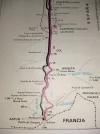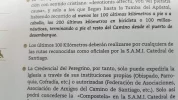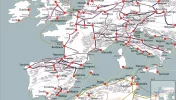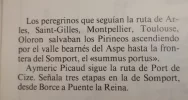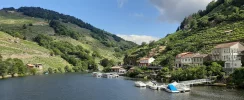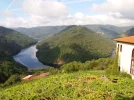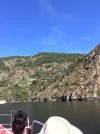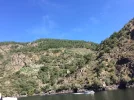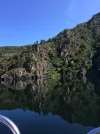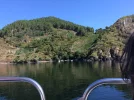Yes and no, IIRC several routes form the north and east of the Pyrenees converge at SJPdP, or other places like Logrono, Burgos, Leon, or whereas one or two other routes meet the Frances at Puente la Reina. In any event, once the merge with the DF, they are all counted as being the CF.
Distance certificates that state your route into Santiago, as well as the entry made to the database for statistical purposes will state
Camino Frances. All tributary routes flowing into major routes are counted as solely the route that ended at Santiago.
The exceptions are for routes, like the Norte, that are near 100% independent before flowing into the Frances just before Santiago. The Ingles and Primitivo are like this two. So too, is the Via de la Plata.
On the Madrid Route, most of the distance is before you join the Frances at Leon, or Sahagun, so this is counted as the Madrid.
There are other examples of this policy.











